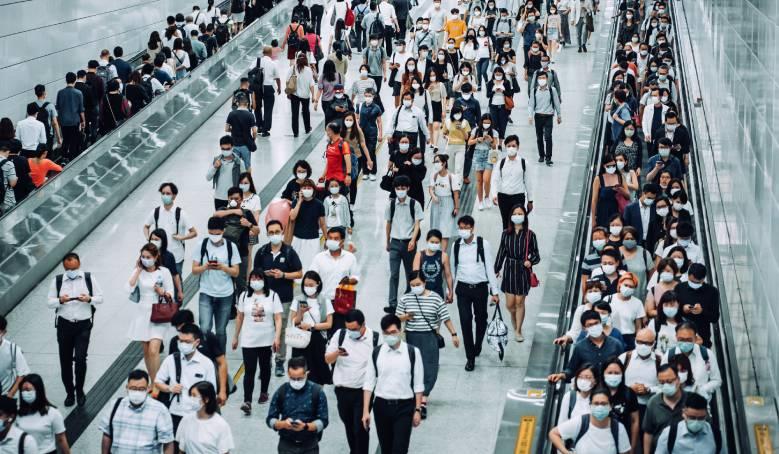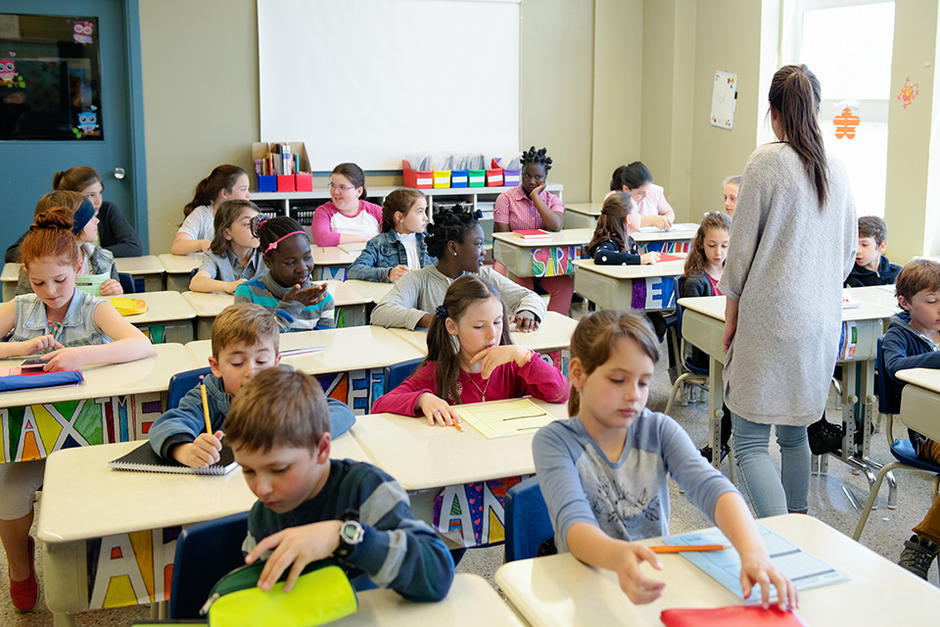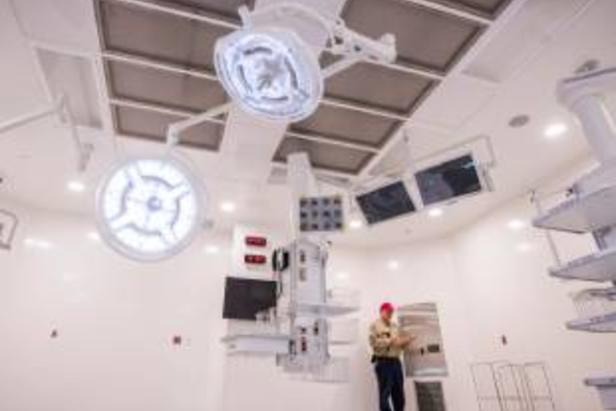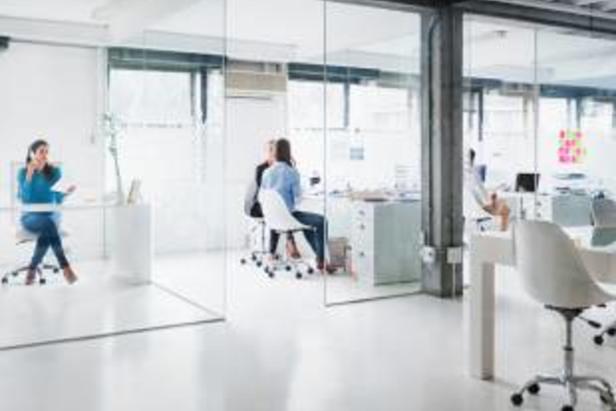What are the causes of air pollution?
Air pollution is linked to human activities.
A public health issue
Air pollution is a public health issue. WHO reminds us of this with a shocking figure: in 2016, air pollution caused more than 8 million premature deaths throughout the world. This is the fourth most common cause of mortalities in the world.
Human activities are among the main causes of air pollution. In particular, industry, agriculture, transport and residential heating, which produce various types of pollutants (gases, fine particles, etc.) and release them into the atmosphere.
Even more indoor air pollution
Contrary to what we sometimes think, air pollution does not stop at the door of buildings. It can even be up to 8 times higher indoors.... where we spend over 85% of our time. This is mainly due to building materials, furnishings and cleaning products.
In the short term, this indoor air pollution can lead to sick building syndrome which can result in headaches, fatigue, allergies and irritations, or even asthma.
While these pathologies are harmful for office workers, they are even more worrying when they affect vulnerable people, such as in schools and hospitals. COVID-19 reminds us that it is also important to fight against indoor air pollution linked to pathogens.

Taking into account all its consequences on human health, air pollution could cost up to 1% of global GDP by 2060, according to the OECD.
Different levels of response around the world
While human activities are responsible for abnormally high concentrations of air pollutants, legislation is not the same throughout the world. Some countries or geographical areas, such as the European Union, have tightened their legislation, in particular by setting emission thresholds.
Several European directives (2004/107 and 2008/50/EC) define the health standards to be respected. Each member state of the European Union must: monitor air quality and inform the population about air quality; comply with the standards set, and act to reduce pollution in areas that do not meet them.
Directive 2016/2284 of December 16, 2016 imposes targets for the reduction of pollutant emissions by 2030 together with the establishment of a national inventory system of air pollutant emissions and a national action plan to reduce these emissions and related mortality at the European level by 50%.
However, the problem has emerged more recently in other highly polluted regions of the world. One example is New Delhi (India), the 6th most polluted metropolis in the world, where the market for masks and indoor air purifiers is soaring. Another is China, where more than 500 daily demonstrations against pollution have taken place since 2015.
Although there are still few rules on indoor pollution, some countries, such as France, have already taken a first step. Since 2011, certain pollutants such as formaldehyde and benzene have been subject to mandatory monitoring, although this only applies to buildings open to the public.
Our approach to fighting air pollution
As part of our action against air pollution, we provide global solutions for measuring and improving indoor air quality, sometimes even ahead of legislative measures. At the same time, the health context of COVID-19 has highlighted our expertise in disinfection.
We also apply our expertise to measuring, controlling and reducing emissions from our own activities, such as hazardous waste incineration and wastewater treatment.
Improving indoor air quality in buildings
We help our customers improve the air quality in their buildings at all levels. Firstly, our Air Control solution provides continuous assessment and management of air quality. Then, with Air Performance, our customers can control and optimize their installations to ensure good air quality. Finally, Air Human involves all stakeholders in improving air quality by informing them and guiding them in their practices.
Building disinfection
We fight the spread of fungi, pathogenic bacteria, parasites and of course viruses such as Sars-Cov-2. We contribute to a healthier environment for the people using offices, industrial facilities and public buildings. Our expertise in multi-faceted disinfection ensures the cleaning and disinfection of interior spaces in strict compliance with standards.
-
A tailor-made solution for indoor air treatment
-
Minimize health risks
-
Maximize productivity
-
Long-term support
-
Rapid response
The Veolia difference

We did it!

Canada
The Centre Hospitalier de l'Université de Montréal was created in 1996 from the merger of three institutions. Within the framework of a large-scale energy performance contract, we were selected to help with the merger of this complex, known as the CHUM, into a single site in 2016. Indoor air quality issues were part of the contract, with design, assistance, operation and risk management components.

France
The Société Générale commissioned us to analyze the indoor air quality of its historical headquarters and its Parisian branches (30 sites). Thanks to the action plan implemented, Société Générale was able to comply with the best air quality standards and ensure optimum comfort for its customers and employees. All this while increasing the transparency and traceability of energy systems within the company.


